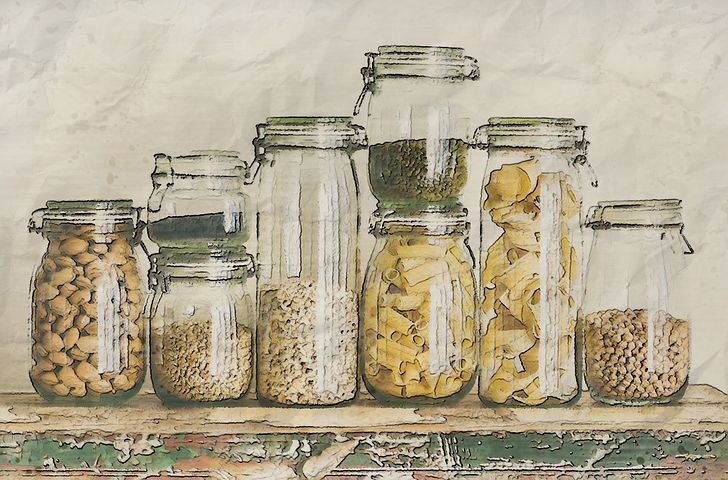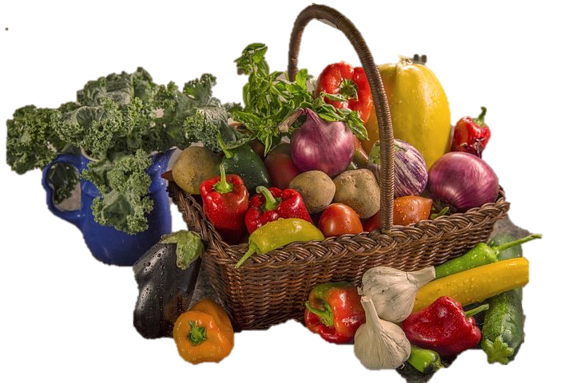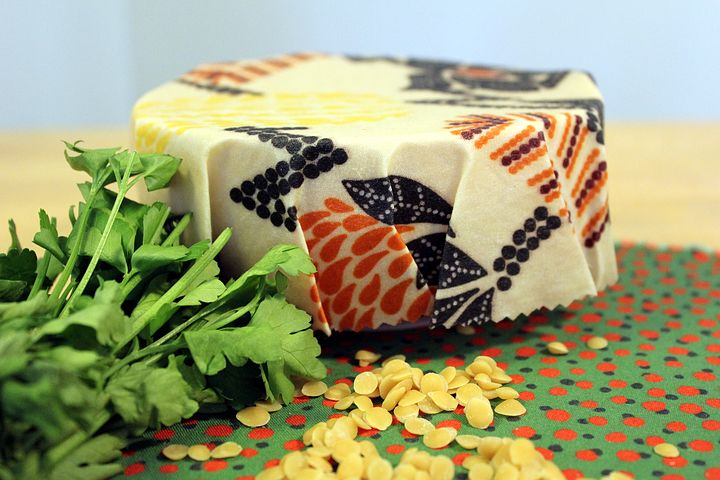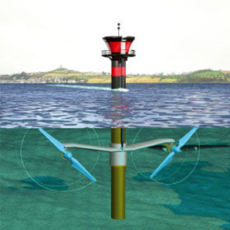
As promised, here’s the second piece to get you moving along the path of sustainable living, while minding what you spend. I hope you got some useful tips from earlier in the week on personal care and activities.
Household

It won’t come as any great surprise that you can save money by using your appliances more efficiently. Turn off and unplug, rather than using stand by. Choose LED rather than conventional bulbs. Pop another layer on instead of turning up the thermostat (and use a smart thermostat like those from ecobee). Use a pedestal or ceiling fan instead of air-con. Do your laundry in cold water and dry your clothes on an airer (I know what you’re thinking, and hanging laundry through a small apartment isn’t conducive to welcoming guests, talking from personal experience, but it’s just a better environmental and financial choice). Take shorter, cooler showers. So you can absolutely save the dollars from being energy wise in your home.
I can also recommend the financial advantage of using cloth napkins for mopping up spills, wiping greasy hands, and also cleaning surfaces. Ditch the paper towels/napkins! This will not only allow you to see money savings but you’ll notice less waste in your trash.

Food Choices
Next, reassess what foods you buy and how you buy them. For instance, seek out a bulk foods store, where you can take your own reusable containers and fill only as much as you need. Every bulk store will sort you out for dry goods like rice, flour, nuts and pastas, but some places even provide on tap laundry detergent, soaps and shampoos. Combine shopping here with making a weekly meal plan and you will save money and waste less. Sadly food waste continues to be a massive problem in the U.S. with up to 40% of food produced never eaten! Even if you’re in a house share, but don’t eat meals together, shopping together for pantry staples is economical. Another economical place for purchasing is potentially your local farmer’s market. Find your nearest one here. This is a great way to ensure you’re only buying in season, without packaging and, contrary to popular belief, while not always the case, it can be cheaper than the grocery store. And what about meat? It’s no secret that eating less meat is better for the environment. And honestly, due to good quality grass fed organic meat being so much more expensive than cheap imported options, eating less is better for your wallet too. Plus, once you remove some meat from your menu you’ll be able to buy a little better quality produce from the above mentioned markets – sustainability and flavor wins left, right and center!

Do you find your desire to shop for organic produce not met by your ability to do so? You’ll be relieved to know that not all produce is actually better when it’s organic. So you can refer to the Environmental Working Group’s Dirty Dozen and Clean Fifteen lists. The Clean Fifteen are fruit and veg you can confidently buy conventionally because not much pesticide is used in growing them; but the Dirty Dozen are those you’re definitely better off getting organic when you can (and maybe just avoiding when you can’t). These lists are updated every year. While we’re talking fruit and veg, what do you do with peels and scraps? Composting is such a positive thing to do – it’s free and is a really important way to give back. If you don’t have a garden yourself, find a local community garden and donate your compost there. Not sure what to compost? If it comes from the Earth, give it back to Earth.
Food Storage

The next thing to consider is how you keep leftover foods – using silicone food covers, beeswax or vegan plant based wraps and glass airtight containers or mason jars (which are super cheap) are all excellent alternatives to cling wrap. Packing your lunch for work or school? Try silicone sealable bags to replace plastic sandwich bags. Although the initial outlay of the food covers, wraps, bags and glass storage might seem daunting as it’s a bigger spend, it’s almost a one off. Silicone resealable sandwich bags can be used forever, as can glass storage containers! Beeswax wraps last at least one full year, and silicone food covers will last indefinitely when properly cared for. I’ve done some math for you: one pack of 4 silicone resealable sandwich bags will cost approx. $15 Vs one box of 50 Glad sandwich bags costing about $1.70. So you only need to use the pack of silicone bags 13 times each (less than 3 months if you pack a lunch every weekday) to make a saving on what you would have spent on plastic. And of course you don’t then need to make another purchase of disposable plastic bags at all.

Use your voice
Voting isn’t everyone’s favorite activity. But policy is essential for transitioning to sustainability, so with a little research you can make your vote count for the environment and the future. If your political first choice doesn’t have a plan for sustainability, ask them why.
So to recap, here’s my advice on being sustainable cost effectively in the home: energy saving at every opportunity; replacing paper towels with cloth napkins; plan your meals carefully and shop at bulk food stores with reusable containers; eat less meat; visit your local farmer’s market for in season produce; refer to Clean Fifteen and Dirty Dozen lists to choose which produce (if any) to buy organic; compost; for storage use silicone food bags and covers; beeswax or plant based food wraps; and glass containers and jars; and finally, register and turn up to vote! But tip number one: only replace what you already have when you need to, don’t be too eager to shop sustainably when not shopping may be more sustainable.
We’d love to hear from you in the comments if you have some other ideas or feedback on implementing any of these!


